Deck & Commander Strategies
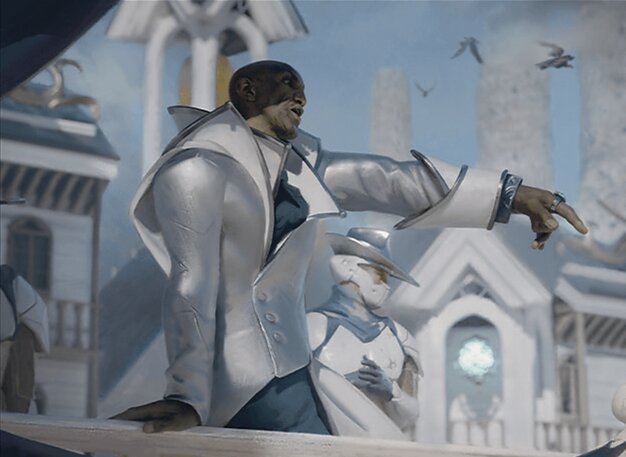
Kambal, Profiteering Mayor
Generate tokens and leverage life loss from opponents to gain incremental advantage through life drain and value engines, aiming to win through attrition and synergistic combos.
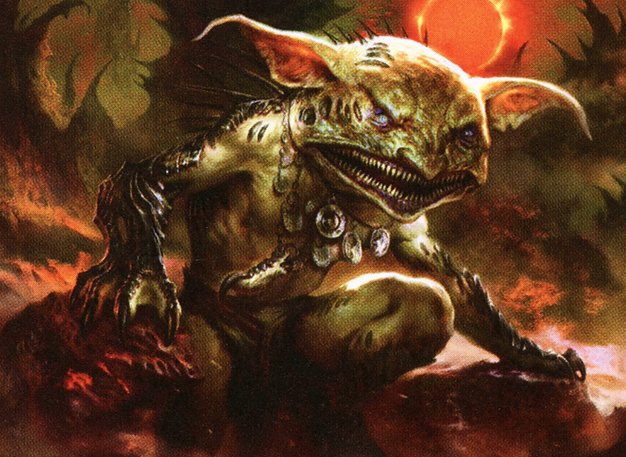
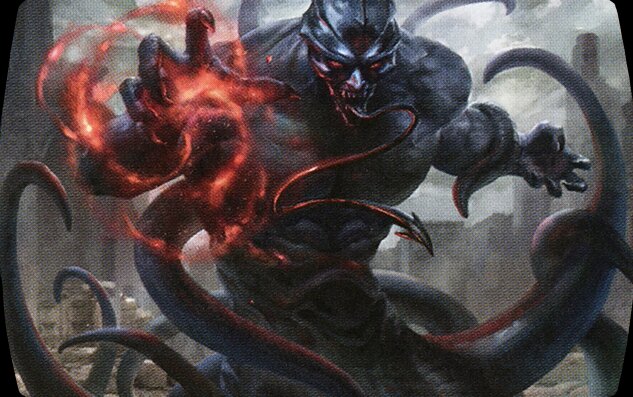
Krark, the Thumbless / Tevesh Szat, Doom of Fools
Utilize chaotic aristocrats and explosive spells to create tokens and value, combining spell slinging with sacrifice and surprise finishers.
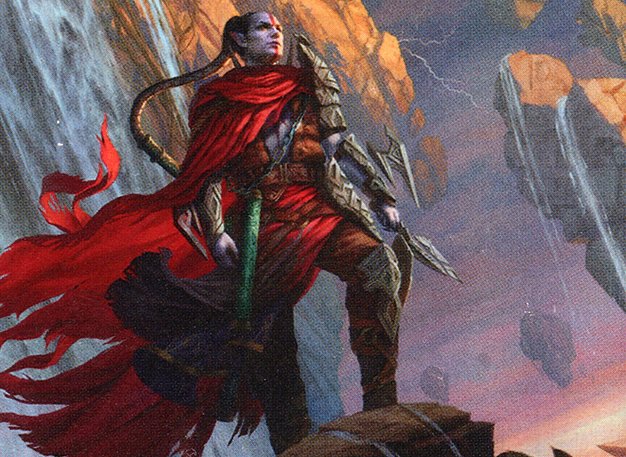
Anowon, the Ruin Thief
Steal opponents' win conditions with a rogue tribal focus, supported by Door of Destinies to buff rogues and apply infect damage for an alternate win route.
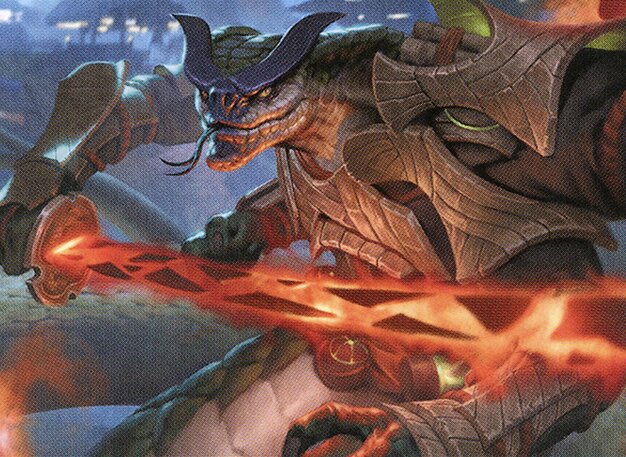
Chishiro, the Shattered Blade
Equip and aura a small number of creatures to build a voltron-style aggressive deck that overwhelms opponents through combat damage.
Gameplay Insights
- 1
Using Blighted Agent early to bait removal like Swords to Plowshares allowed the infect player to protect more significant threats later.
- 2
Door of Destinies was crucial in pumping rogue creatures and synergizing with Anowon's theft abilities, making combat damage a consistent threat.
- 3
The Orzov deck capitalized on incremental life loss triggers from Kambal to gain life and drain opponents, slowly building a board presence through tokens.
- 4
Targeting decisions in combat were influenced by the presence of infect and life gain, with players balancing aggression against potential lethal combos.
- 5
The Gruul deck’s decision to focus on equipping and buffing a few creatures instead of wide boards made opponents consider damage output differently.
- 6
The Jeskai partners’ hybrid aristocrats and spell-slinging caused unpredictable board states, requiring players to adapt their strategies continuously.
Notable Cards
-
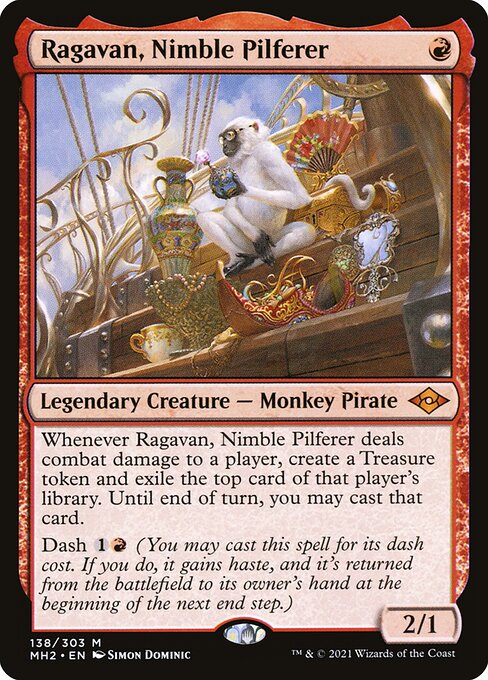
Ragavan, Nimble Pilferer
-
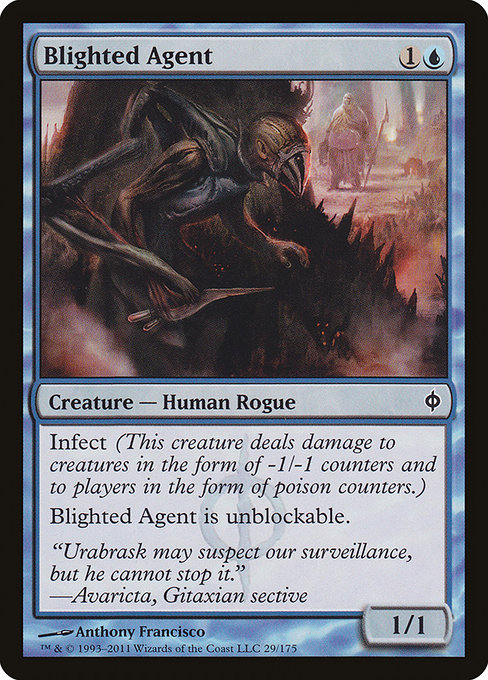
Blighted Agent
-
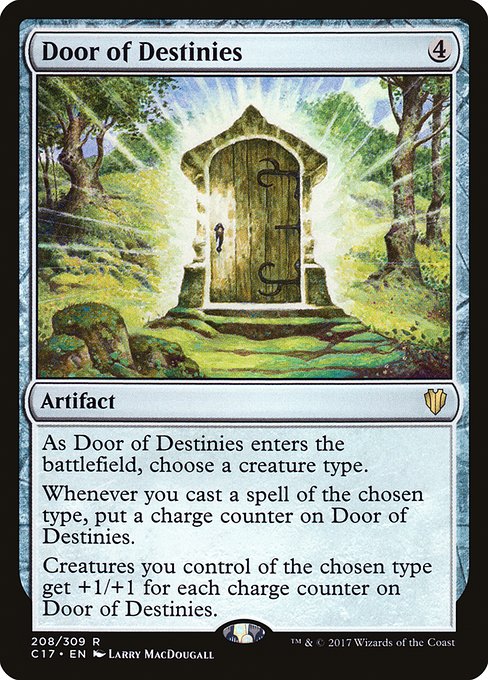
Door of Destinies
-

Swords to Plowshares
-
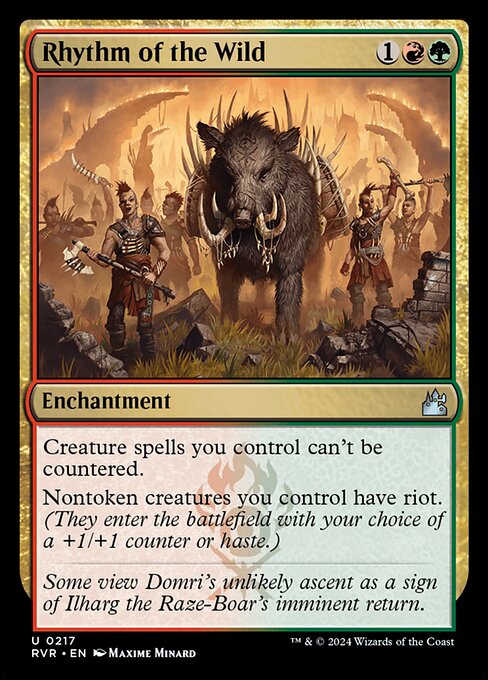
Rhythm of the Wild
-
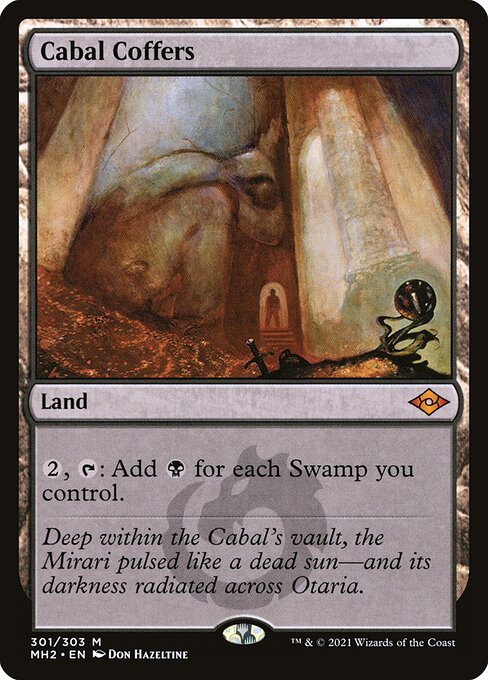
Cabal Coffers
Gameplay Summary
The game began with players establishing their board states cautiously, with early plays like Ragavan and Blighted Agent setting an aggressive tone.
The Orzov deck led by Kambal, Profiteering Mayor focused on token generation and incremental life drain, leveraging its commander’s ability to gain value from opponents' life loss.
Meanwhile, the Dimir deck with Anowon, the Ruin Thief aimed to steal opponents’ win conditions while maintaining a rogue tribal synergy, bolstered by Door of Destinies to pump rogues and pressure opponents.
Meanwhile, the Jeskai pairing of Tevesh Szat and Krark, the Thumbless introduced chaotic aristocrats and explosive spells, creating unpredictable board states with token generation and value plays.
The Gruul deck piloted by Chishiro, the Shattered Blade played a voltron-style equipment and aura strategy, focusing on enhancing a small number of creatures to overwhelm opponents with combat damage. Early skirmishes included targeted damage and removal, such as the use of Swords to Plowshares against Blighted Agent, which was baited to protect bigger threats.
The interaction between token generation, life drain, and infect damage created a tense dynamic, with players carefully choosing attack targets to balance aggression and defense.
Key turning points involved the use of Door of Destinies to boost rogue attackers, and the exploitation of artifact and equipment synergies to pressure opponents in combat.
The game’s flow was marked by tactical combat decisions and reactive plays, with multiple players applying pressure simultaneously, leading to a complex multiplayer standoff.




























![Zockt uns Dennsen in Magic ab?! | Herumkommandiert #10 | EDH Commander Gameplay [Deutsch] thumbnail](https://i.ytimg.com/vi/skfLxrOTZgw/sddefault.jpg)



























